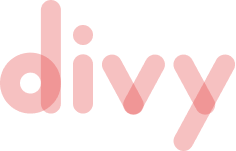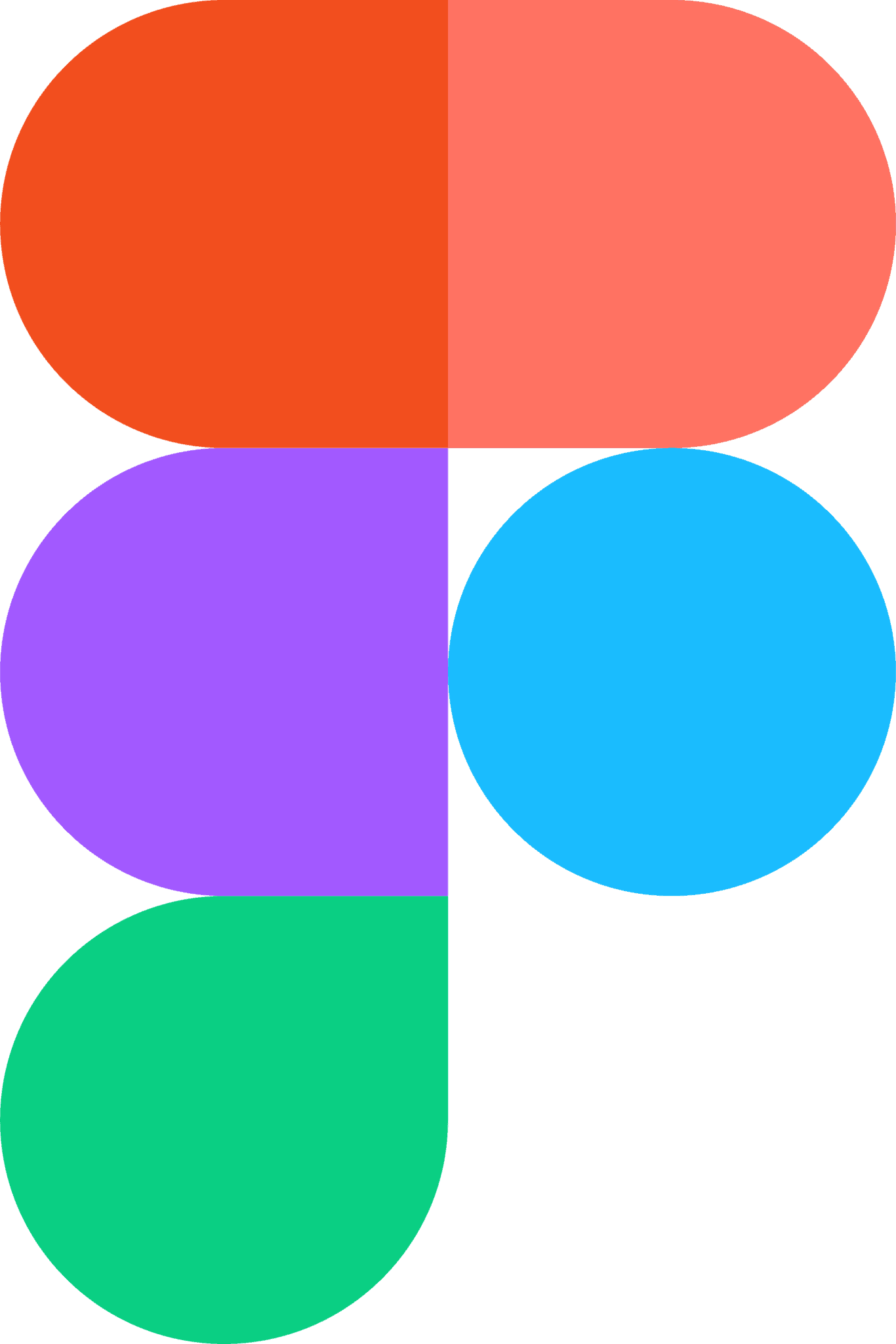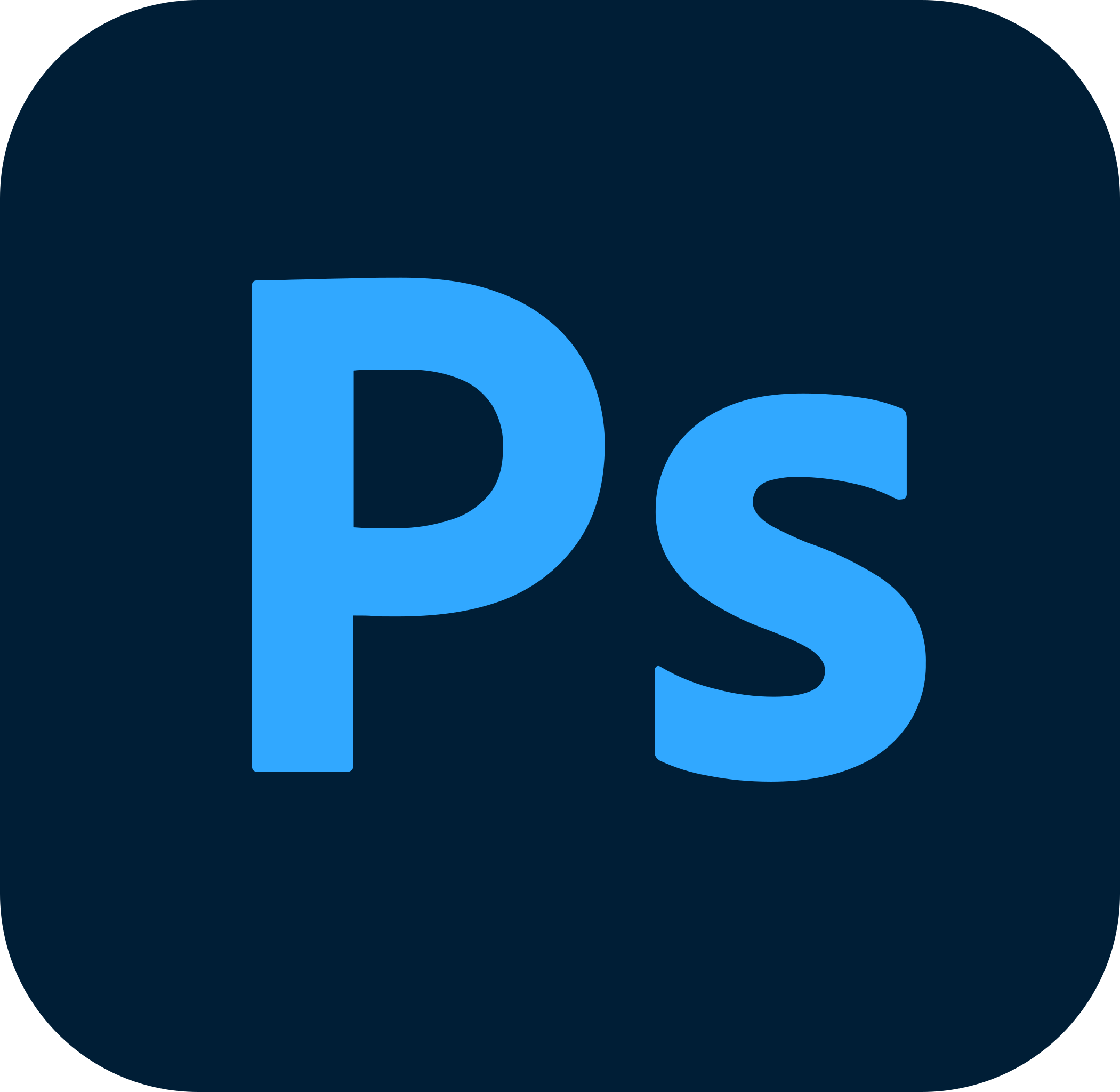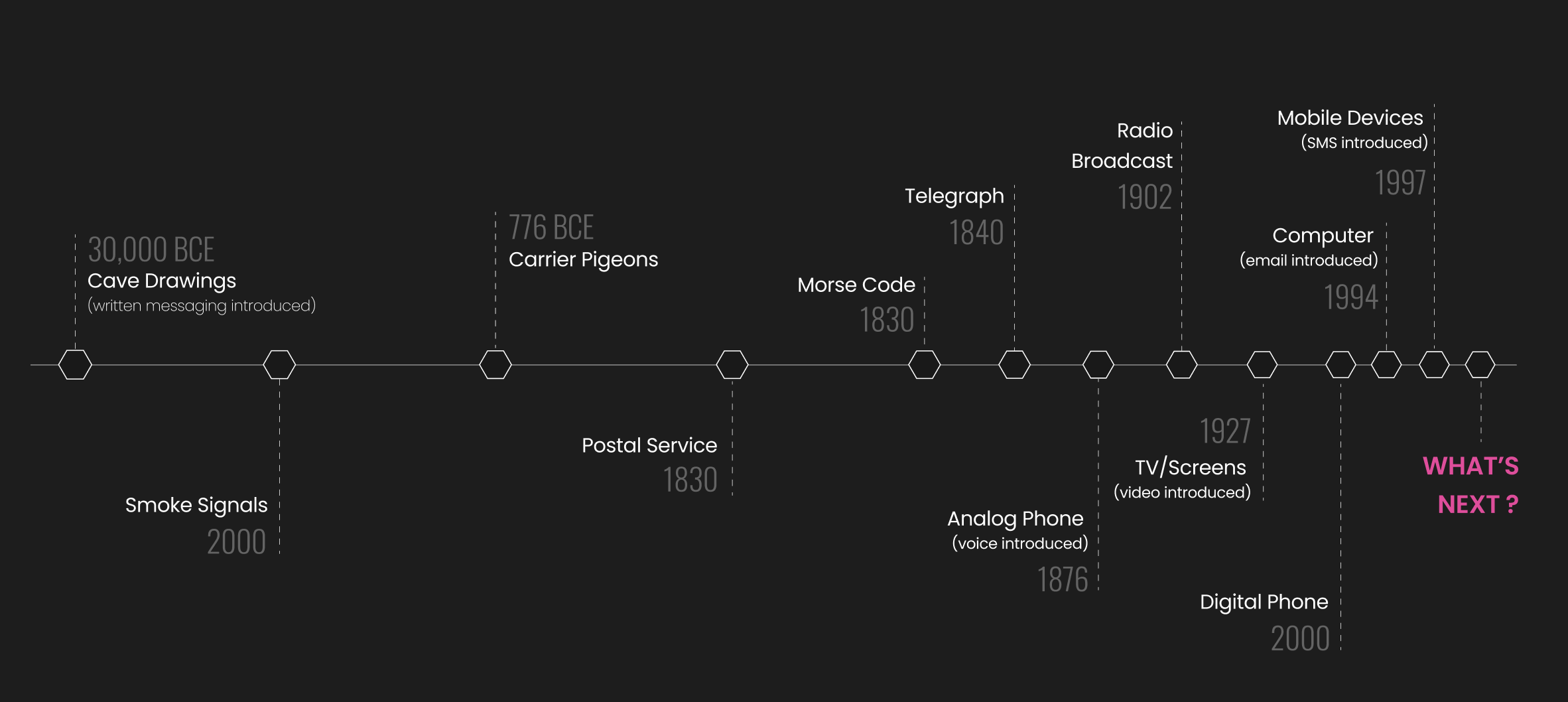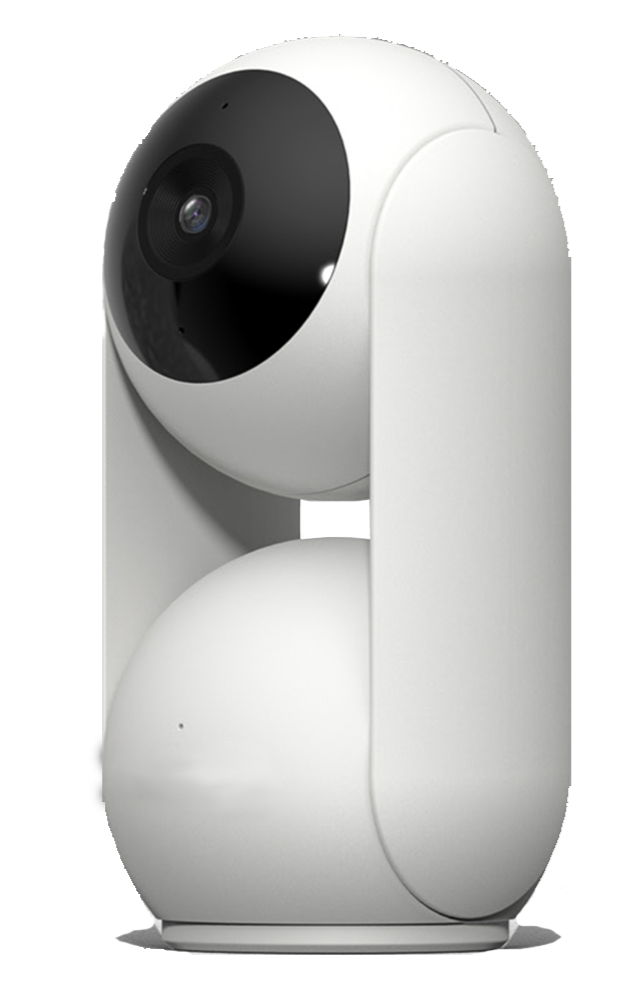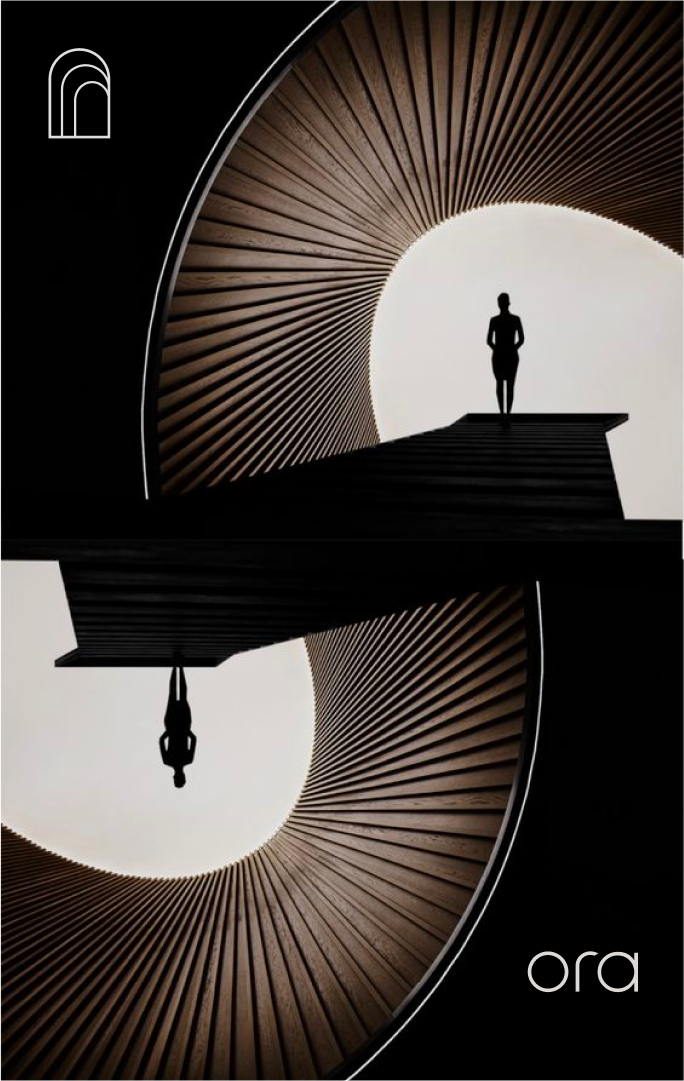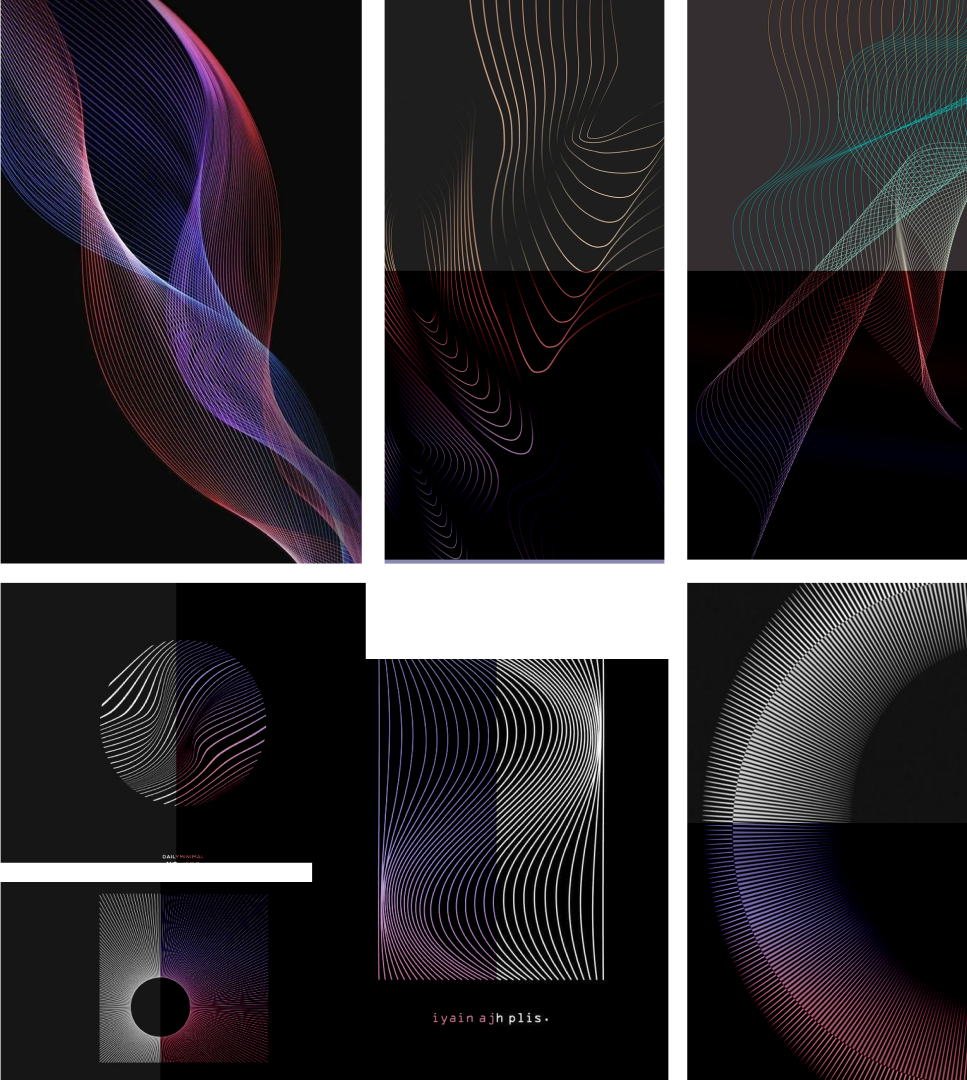Bringing people who are miles apart closer
How I created an intuitive interface concept that uses Holographic Technology
to make the video calling experience more immersive.
Context
This project aims to explore the potential of holographic technology in revolutionizing communication. We wanted to design an intuitive and immersive holographic platform that bridges the gap between physical and digital interactions, creating genuine connections and enhancing collaboration. Through Ora, our aim is to start a conversation on transformative communication experiences that transcend the limitations of existing traditional methods.
KPI + IMPACT:
Concept testing for this project resulted in a Net Promoter Score of 65.
-
UI | Branding | UX Research | Speculative Design | Prototyping
-
Divyanshi & Gayatri.
Mentored by Blake Hudelson -
8 Weeks
Tools
Overview
01
Technology
To enable Holographic Calling through the device shown above, there is a need for a platform to control and adjust settings, and to connect with people using the same device, through holograms. Below are short videos demonstrating - Onboarding, initial device setup, homepage guide and other features like activities, memories and device adjustments.
02
Platform
By leveraging Holographic Technology & Built-in AI, we can experience real-time 3D immersive calling with the help of a projection device concept. Holographic communication refers to real-time capturing, encoding, transporting, and rendering of 3D representations of remote persons shown as stereoscopic images that deliver a visual effect similar to a hologram.
Challenge
In the contemporary global communication landscape, we face various challenges regarding authenticity, efficiency, and the lack of immersiveness in interpersonal interactions. Despite technological advancements, current modes of communication fail to capture the essence of face-to-face conversations, leading to a sense of disconnection and inefficiency during calls.
Some of the challenges this project aims to address are -
Authenticity Gap: Current platforms lack depth, hindering genuine connections.
Spatial Constraints: Two-dimensional interfaces limit the perception of spatial cues.
Geographical Barriers: Physical distance obstructs meaningful interactions.
Collaboration Inefficiencies: Traditional methods struggle to foster effective teamwork.
03
Brand
The brand’s mission is to connect people's auras with a vision for users to feel the presence of their loved ones who are distant from the comfort of their space. The brand's visual language is described in detail in the case study.
How might we elevate the
virtual calling experience to be more engaging, immersive, and realistic?
Understanding the users
Research Goals
Communication platforms have become an integral part of our lifestyles, but we all certainly have different experiences with them, so we were curious to find out how different users would interact with them and why. Our goal was to find out how participants would behave with their current communication apps and understanding the challenges they may have faced.
User Interviews
Individuals often choose the communication method that gives them enjoyable experiences, including hedonic, emotional, and experiential perspectives. Since emotions largely influence decision-making, it becomes vital to grasp people's feelings through user studies. To understand, we conducted 11 qualitative user interviews to discover their needs and obstacles.
Identifying the gap
01
Users face a general lack of real-time interactions in existing platforms.
02
With flat 2-D screens, there is a lack of immersive & engaging experiences.
03
Users are now seeking communication tools that go beyond voice and video.
Solution
Keeping in mind the experiences mapped above, we outlined three core principles that defines our vision and set the foundation for an unparalleled user experience
Innovative
Universal
Immersive
Filling the Gap
/THE HOW
The Technology
Holographic Communication Systems - This refers to real-time capturing, encoding, transporting, and rendering of 3D representations of remote persons shown as stereoscopic images that deliver a visual effect similar to a hologram. As people become more aware of its advantages, holographic communication is being used more and more in a variety of industries, from telepresence and medical imaging to distant collaboration and co-creativity.
Evolution of 5G
As 5G technology becomes increasingly prevalent, holographic communication is poised to play a vital role in the evolution of next-generation signal towers. Leveraging the ultra-high bandwidth and minimal latency of 5G networks, holographic communication is set to elevate its capabilities, offering uninterrupted real-time experiences. The figure on the side shows main forms and use cases of immersive communications.
Holographic communication now ranks as one of the most wanted 5G-enabled applications by both consumers and enterprise users, according to recent research.
220M
200%
607.2
Ora's Holographic Device Concept
At the heart of Ora lies its cutting-edge holographic rendering and transmission technology. By integrating a high-resolution camera, a precision projector equipped with depth sensors, and real-time data processing, Ora showcases holographic imagery of individuals.
The camera will capture people's imagery in real-time and transmit the data through a projector to another individual space where it will generate your life-like imagery.
Building a brand that connects people across boundaries.
Moodboard showing the brand's mission - connecting auras of people and their loved ones.
Connecting Auras
Mission & Vision
The brand’s mission is to help people communicate beyond boundaries by connecting their auras, with a vision for the users to feel the presence of their loved ones who are distant, from the comfort of their space.
Brand
Visual Language
The product's design values also translate into the colour palette, typefaces, and other visual components of the brand.
Design Outcomes
Web experience
Onboarding
Setting up Projector Device
Other Features
Key Takeaways
01
Upcoming Communication Tech
Holographic technology and 5G wireless communications are two of the most promising upcoming communication technologies. Holographic technology has the potential to revolutionize the way we communicate by creating immersive and interactive experiences. The future of holographic technology lies in the progress made with light field displays, which enable 3D images without having to use glasses or other specialized tools.
02
Simplifying Choices
Streamlining choices and prioritizing clarity are essential in product design. A simple design can make a product more aesthetically pleasing and easier to use, leading to a better user experience. A simpler interface can reduce cognitive load and help users find information and complete tasks faster. While building Ora’s Brand & Identity, we initially complicated the visual elements, but eventually learned that simplicity in process and minimalism in interface elements speak volumes about the brand.
03
Embrace Constraints
During this project, we realized that constraints can be a powerful tool for creativity. Holographic Tech has been used in fields such as Medicine, Entertainment, and Education, but it has not been explored for personal/home uses yet. Thus, we decided to add another constraint to this project by designing for a new group of users. It was challenging and at the same time, fun! I learned that by embracing the constraints of a project, you can push yourself to think outside the box and come up with innovative solutions.
